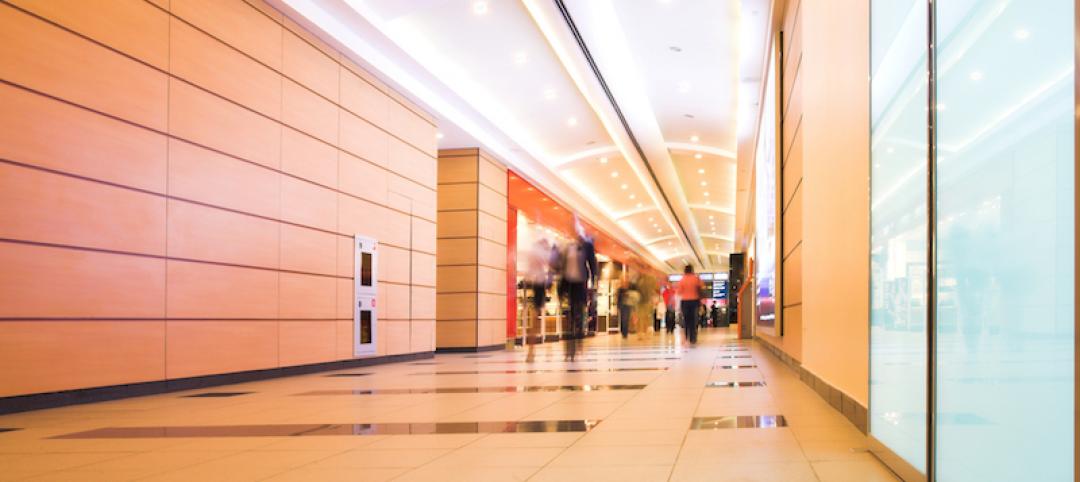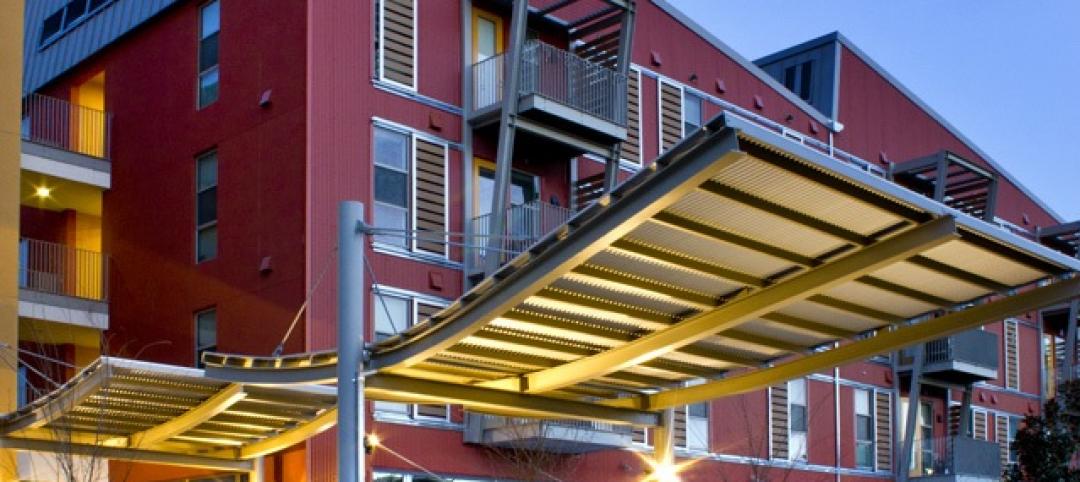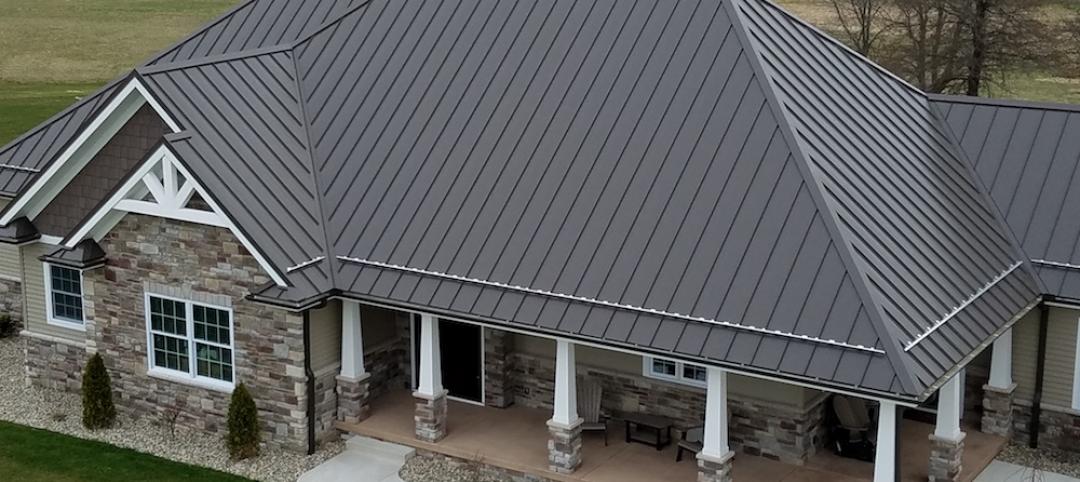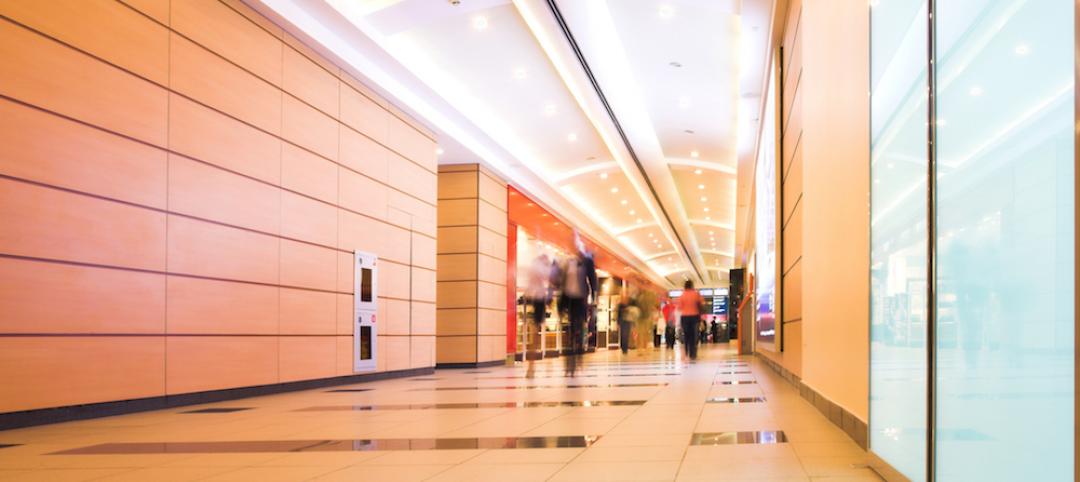Because color is incredibly subjective, personal and situational, it is difficult to study scientifically. There is no conclusive evidence to fully support one color’s beneficial effects on the human mind and body over another color. We each have our personal associations, cultural backgrounds, and even our own eyes’ abilities to differentiate colors, which vary from person to person and change as we age (for instance—did you know the lens inside our eyes tend to yellow as we get older?).
It’s been said that pink can reduce aggression in prison inmates, or that light green is calming and neutral and therefore good for hospitals and schools. The overuse of any color will lead to saturation and monotony that decreases brain activity by being visually unstimulating. However, there are recent studies that narrow their scope to look at some specific, isolated situations that apply to architecture and design.
For instance, as autism awareness becomes increasingly prevalent, there are studies and personal testimony that point to the color red, in its primary form, as being seen as super-intense, fluorescent or pulsating by some persons on the autism spectrum. For many schools—which act as a bridge from home to the outside world for these students—there is a great deal of pressure to respond to the needs of those with sensory issues and to avoid large expanses of the environment being painted in bright red. Red can be used effectively in smaller objects during occupational therapy sessions, allowing the child to adapt to the stimulus.
For those who are looking to spur innovation in the corporate world, that bright, primary red has also been shown in a University of British Columbia study to increase attention to detail, improving proofreading accuracy and alertness to errors. This is in contrast to the color blue, which the same study identified as boosting performance on creative tasks like brainstorming.
In one example, medical office software provider Kareo engaged LPA Inc. to design its new 45,450-sf headquarters at Park Place in Irvine, Calif. To accommodate the company’s rapid expansion, LPA helped envision and create a highly flexible and creative work environment that would expand and evolve to support the company and its clients’ needs. Bold uses of color and contrast were implemented throughout the office, with hues of blue and orange strategically placed to promote creativity, brainstorming and alertness.
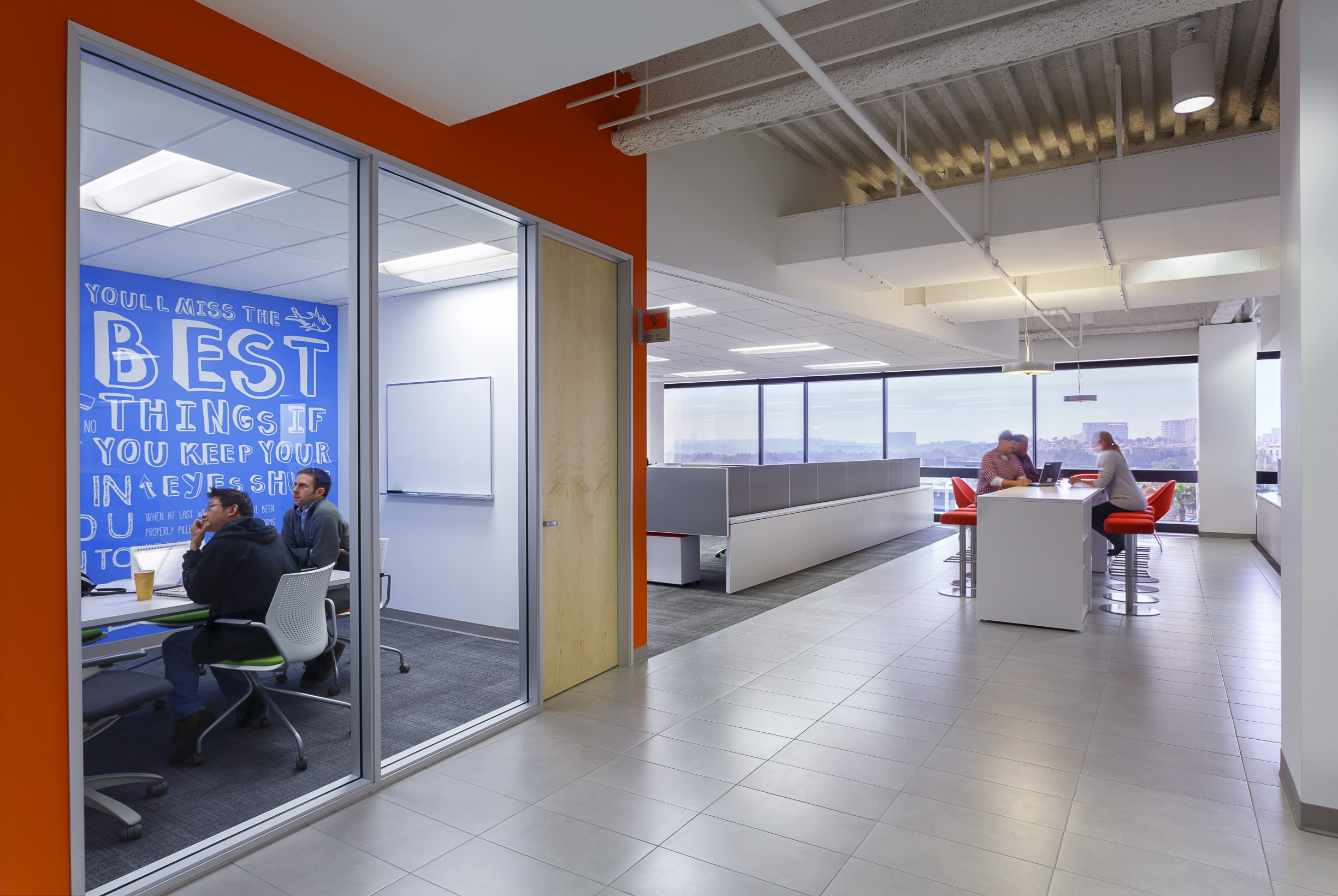
Aside from encouraging creative responses, the color blue is also being used for outdoor lighting in many places, including Scotland and Japan, due to its association with police and security and the deterrence of criminal activity.
While these previous examples focused on the benefits of any one hue over the other, it appears that in learning and working environments, having contrast and variety in the visual field increases brain activity and attention span. In schools, this means having contrasting color accent walls around the room—especially around the typically bright white writing or projection surfaces, to allow the eyes to flex back and forth from dark to light—providing short breaks for the eye muscles.
Contrast, not color alone, also is important to specific segments of the population. The nine percent of men who are color blind, as well as many adults over 40 who find difficulty differentiating colors next to each other on a color wheel, benefit from increased contrast. Designers need to draw upon this knowledge when creating healthcare environments or any community-use civic spaces frequented by the public. It is important to note that variety and balance must also be present with contrast to ensure a space is not overwhelmed by anxiety-inducing uses—think circus stripes. High contrast should be limited to highlighting moments of attention and wayfinding importance, with more subtle areas surrounding, again providing that visual relief and balance to a space.
When designing the palette for your next project, be sure to include end users in the process to gain support and to represent their specific culture and vision for the look and feel of the space. Allow for the users’ eyes to rest and provide stimulation through areas of contrast, especially at areas of long-duration focus. Consider balance in the overall palette, avoiding harsh contrasting bright colors for those with sensory issues—yet also avoid colors too dull and similar-looking to the aging eye. This will establish an aesthetically pleasing environment for all potential users of the space.
Emily Koch is an interior designer and project coordinator for LPA Inc.
Sources
Alter, Adam. (2014, February 25). Drunk Tank Pink: And Other Unexpected Forces That Shape How We Think, Feel, and Behave.
Grohol, J. (2008). Can Blue-Colored Light Prevent Suicide?. Psych Central. http://psychcentral.com/blog/archives/2008/12/13/can-blue-colored-light-prevent-suicide/
Paron-Wildes, A.J. Implications Vol. 6 Issue 4. “Sensory Stimulation and Autistic Children.” (2008).
University of British Columbia. (2009, February 6). Effect Of Colors: Blue Boosts Creativity, While Red Enhances Attention To Detail. ScienceDaily. http://sciencedaily.com/releases/2009/02/090205142143.htm
Related Stories
Sponsored | Coatings | Aug 29, 2016
Making a greener future with biorenewable coatings
Biorenewable and recycled materials help eliminate waste and reduce the use of virgin materials
Sponsored | Coatings | Aug 22, 2016
The impact of light on color
“Color is defined by two things: the chemistry of a pigment and the type of light that shines on it,” explains Mike Churchill, technical manager for extrusion coatings with Valspar
Sponsored | Coatings | Aug 18, 2016
Premier projects across the globe feature Valspar's Fluropon coatings
Valspar’s Fluropon coatings are popular due to their high durability, outstanding performance characteristics, and broad color palette.
Sponsored | Coatings | Aug 15, 2016
Can swift graffiti removal keep crime rates down?
To reduce the cost, time, and hassle of cleaning up graffiti, Valspar has a graffiti-resistant system protecting all coil and extrusion coatings
Sponsored | Coatings | Aug 11, 2016
The art and science of color planning for performance requirements
Inorganic pigments are typically used to meet high performance requirements but typically include fewer bright colors.
Sponsored | Coatings | Jun 28, 2016
Achieving greater building performance with color selections
With more than 20,000 colors to choose from, Valspar offers coatings that lower heating costs, lower cooling costs, and remain pristine in coastal settings.
Coatings | Jun 13, 2016
Sherwin-Williams color forecast identifies 40 hot colors for 2017
The four palettes—Noir, Holistic, Intrepid, and Unbounded—were developed by a team of design and color experts.
Sponsored | | May 25, 2016
Live Greener with Fluropon Pure
With more Building Teams considering hazard reduction and ingredient transparency in their material selection, many are excited about a new coating that fits that bill in a myriad of ways
Sponsored | Coatings | May 24, 2016
Prepainted metals for interior design visions
With high-quality Valspar coatings, pre-painted metals can be abrasion resistant even for heavy commercial use, delivering protection and long-lasting beauty.



